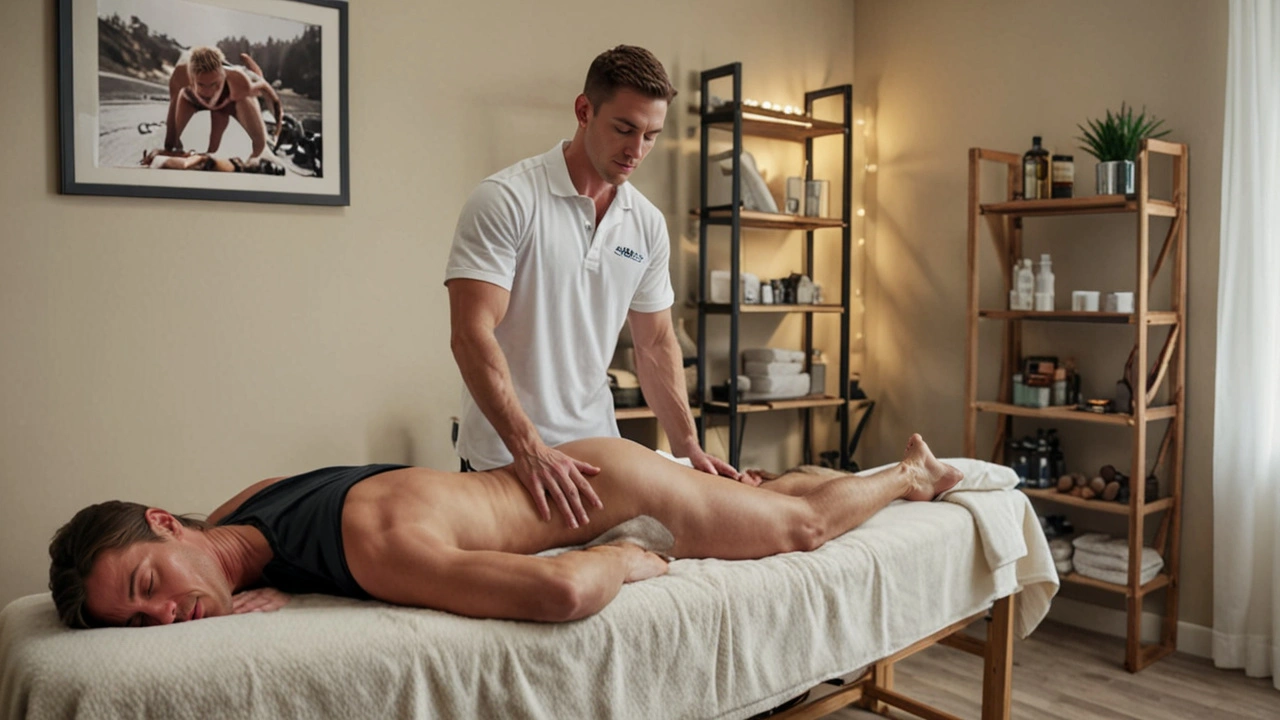Muscle Relief: Simple, Fast Ways to Ease Soreness and Tension
Feeling stiff or sore after exercise or a long day? Some soreness is normal, but you don’t have to suffer through it. These practical steps help reduce pain, speed recovery, and get you moving sooner.
Quick fixes you can do now
Start with movement, not complete rest. Gentle walking or light cycling increases blood flow and speeds recovery. Try easy stretches: a hamstring stretch (sit, reach toward toes), a quad pull (standing, heel to butt), or a low lunge for tight hips. Hold each stretch 20–30 seconds—no bouncing.
Self-massage and foam rolling work wonders. Spend 1–2 minutes on a sore spot, rolling slowly and pausing on tender areas for 20–30 seconds. If you’d rather leave it to a pro, sports massage helps athletes and casual exercisers alike; it can reduce tightness and improve range of motion.
Use cold for fresh injuries and heat for tight muscles. Ice reduces swelling in the first 48 hours after a strain. After inflammation settles, switch to heat packs or warm showers to relax muscle fibers and ease stiffness.
Build faster recovery habits
Hydration and protein matter. Drink water regularly and include a protein-rich snack within an hour after hard workouts. Want a quick recovery boost? A nutrient-rich juice can help with rehydration and calories—think a blend with banana, spinach, and a scoop of protein powder.
Sleep is non-negotiable. Muscles repair while you rest. Aim for consistent sleep, and use simple relaxation techniques—breathing or short meditations—to fall asleep faster. If stress is keeping you tense, biofeedback or guided mindfulness can lower muscle tension over time.
Move smart across the week. Mix high-intensity sessions with low-impact days, and schedule regular mobility work. Small changes, like adding a 10-minute mobility routine after workouts, reduce chronic tightness and lower injury risk.
Over-the-counter pain relievers can help for short-term pain, but don’t rely on them for masking a serious injury. If pain gets sharper, you see swelling, numbness, or trouble putting weight on a limb, get medical advice. Also seek care if soreness doesn’t improve after a week or worsens despite home care.
For recurring problems, try combining treatments: targeted stretching, occasional sports massage, better sleep, and attention to nutrition. Many people find this mix beats one-off fixes. Small, consistent actions pay off more than desperate measures right before an event.
Want specific routines? Start with 10 minutes a day of mobility, two protein-rich meals after intense sessions, and one foam-roll session 3 times weekly. Track what helps you—everyone’s body responds differently, and that data tells you what to repeat.
Sample quick routine: day 1 light cardio plus 10 minutes mobility; day 2 strength with post-workout protein and 5 minutes foam rolling; day 3 active rest with yoga or long walk; repeat and adjust. Try a 4-count breathing pattern: inhale 4, hold 4, exhale 4, rest 4 — do it for 2 minutes to calm tight shoulders. Notice which steps cut your pain and keep those.
Start today now.

Unlocking the Benefits of Sports Massage for Quick Recovery
Sports massage can be a game-changer for athletes and fitness enthusiasts looking to speed up recovery and enhance their performance. Discover how specific techniques help alleviate muscle soreness, improve circulation, and prevent injuries. Learn about its benefits and how to incorporate it into your fitness routine.
Read More